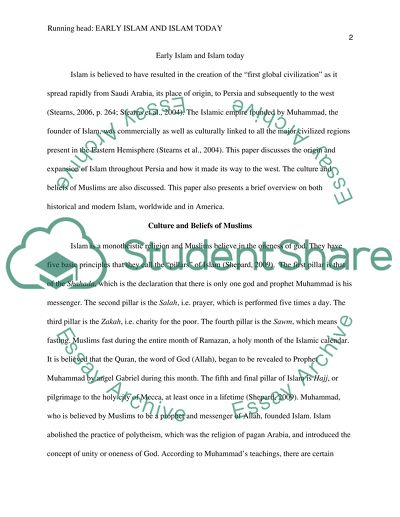Cite this document
(“Early Islam and Islam Today Essay Example | Topics and Well Written Essays - 1500 words”, n.d.)
Early Islam and Islam Today Essay Example | Topics and Well Written Essays - 1500 words. Retrieved from https://studentshare.org/history/1453040-early-islam-and-islam-today
Early Islam and Islam Today Essay Example | Topics and Well Written Essays - 1500 words. Retrieved from https://studentshare.org/history/1453040-early-islam-and-islam-today
(Early Islam and Islam Today Essay Example | Topics and Well Written Essays - 1500 Words)
Early Islam and Islam Today Essay Example | Topics and Well Written Essays - 1500 Words. https://studentshare.org/history/1453040-early-islam-and-islam-today.
Early Islam and Islam Today Essay Example | Topics and Well Written Essays - 1500 Words. https://studentshare.org/history/1453040-early-islam-and-islam-today.
“Early Islam and Islam Today Essay Example | Topics and Well Written Essays - 1500 Words”, n.d. https://studentshare.org/history/1453040-early-islam-and-islam-today.


